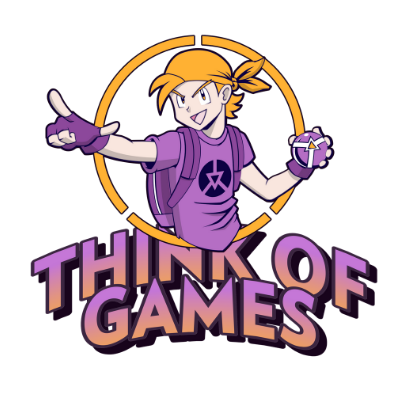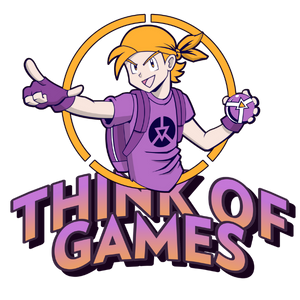The past few decades have brought about so many new gaming trends that, at times, we struggle to keep up with them all. But, among all these new-fangled innovations and cutting-edge developments, what’s the one game format that’s just as satisfying on a Virtual Reality headset as it is the kitchen table?
Card games.
That’s right! They may well be small in scope, but these games have a massive impact… Seriously! How often have you reached for a printed deck to pass the time (no, you don’t need to be a TCG geek to appreciate a good round or two of “cards”)? Even if you’re swiping digital cards across a high-refresh screen, these variants are united by the fact that, in card gaming, the mechanics stay tight.
We’d go so far as to say this old-school format is more relevant now than ever. Why? Because they adapt with the times but never lose what makes them so appealing. Most video game genres these days are chasing cinematic scale, but card-based titles go the other way. And it’s a strategy that’s paid off, as they’re quietly dominating mobile, VR platforms, online casinos, and even roguelikes.
Not convinced? Keep reading!
The Many Faces of Card Games
You already know the classics: poker, blackjack, and solitaire. They probably jumped straight to mind as soon as you read “card games,” right? These games remain massive draws in live formats, but zoom in, and you’ll find they’ve also spawned their own diverse digital variants.
Sure, online Texas Hold’em tourneys are one thing, but video poker’s been quietly building a loyal digital audience since the early days of iGaming. Unlike its casino-floor cousin, this is a vertical that doesn’t depend on bluffing or being a master of body language interpretation.
Instead, it strips things down to the essentials: you, a virtual deck, and your device. Online video poker games fuse the logic of five-card draw with the high-intensity gameplay of slots, making them a go-to for players who want solitary, strategic gaming with a kick of high volatility. Plus, they work just as well on mobile as they do desktop, so it’s easy to see why they’re doing so well.
Video poker attracts players from all walks of life because it manages to be both simple and highly strategic. You can pick up the basics quickly but then spend hours learning the ropes. It’s fast-paced but you can play at your own speed. It requires focus but not excessive complexity. In short, it offers a great balance of all the different elements, making it favored by many casino and card enthusiasts.
Meanwhile, the world of collectible and trading card games (TCGs) has grown into a cultural behemoth of its own. What began with Magic: The Gathering in the early ‘90s has scaled up—and fast. TCGs are now a sprawling multiverse of real-world and digitally enhanced experiences that are proving to be immensely lucrative for their makers. Just look at MTG bringing in $1 billion for Hasbro in 2022.
What’s really interesting is how new generations of players are getting hooked on these once-casual games thanks to digital platforms. MTG Arena has become as cool as Steam; plus, it’s lowered barriers to entry by cutting out things like having to hunt for booster packs. Similar positives can be said for Pokémon TCG Live and Yu-Gi-Oh! Master Duel, which lure in gamers with their freemium models and slick smartphone compatibility.
Deckbuilders and Genre-Bending
Of course, it’s not all lining up winning hands and trading or battling cards. One of the biggest surprises in indie gaming over the past five years is just how many developers have embraced card mechanics—even when these resulting games don’t look like card games at all.
Mega Crit’s Slay the Spire, which first hit the digital realm in 2017, was the breakout star. Its tasty combination of roguelike structure and tactical deckbuilding didn’t just create a cult hit; it sparked an entire subgenre. Monster Train 2, Wildfrost, Griftlands, and the BAFTA Games Award-winning Balatro have all followed in its footsteps. And they’ve each made their mark on the genre by delivering satisfying, session-based play.
Virtual Reality and the Quiet Revolution
VR is much too movement-heavy a technology for something as simple and stationary as a card game. Isn’t it? Err, no, actually! Playing card games in extended realities has very much become a thing here in 2025.
In recent years, we’ve seen a number of studios drop surprisingly tactile card gaming experiences that lean fully into the immersive capabilities of the tech. Popular titles on platforms like MetaQuest include Demeo, which blends deck mechanics with a touch of RPG-style open-world exploration. It’s both strategic and oddly cinematic to play.
Not content with conquering digital and mobile gaming, even Yu-Gi-Oh! Master Duel has entered the VR space, delivering a much more theatrical version of its core gameplay that—finally—does justice to the series’ iconic anime-esque battles.
Why We Keep on Shuffling
Card gaming is thriving, and we keep coming back for more. Why? Because they give us something that modern titles simply can’t: a potent hit of nostalgia. We’re not over-exaggerating when we say that card games have been around for centuries, and we’ll probably still be playing them for millennia to come.





















